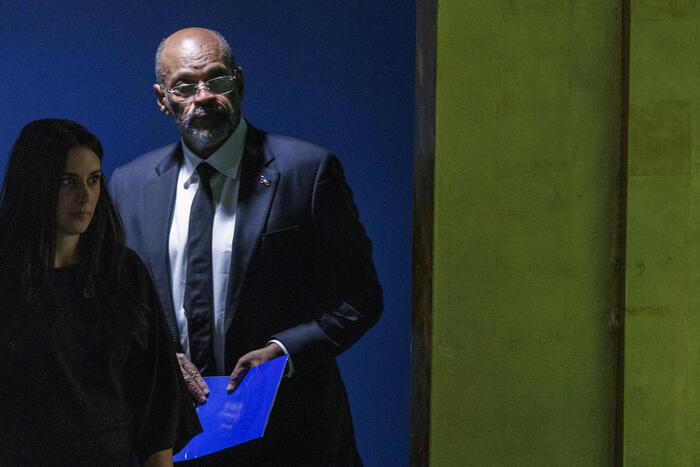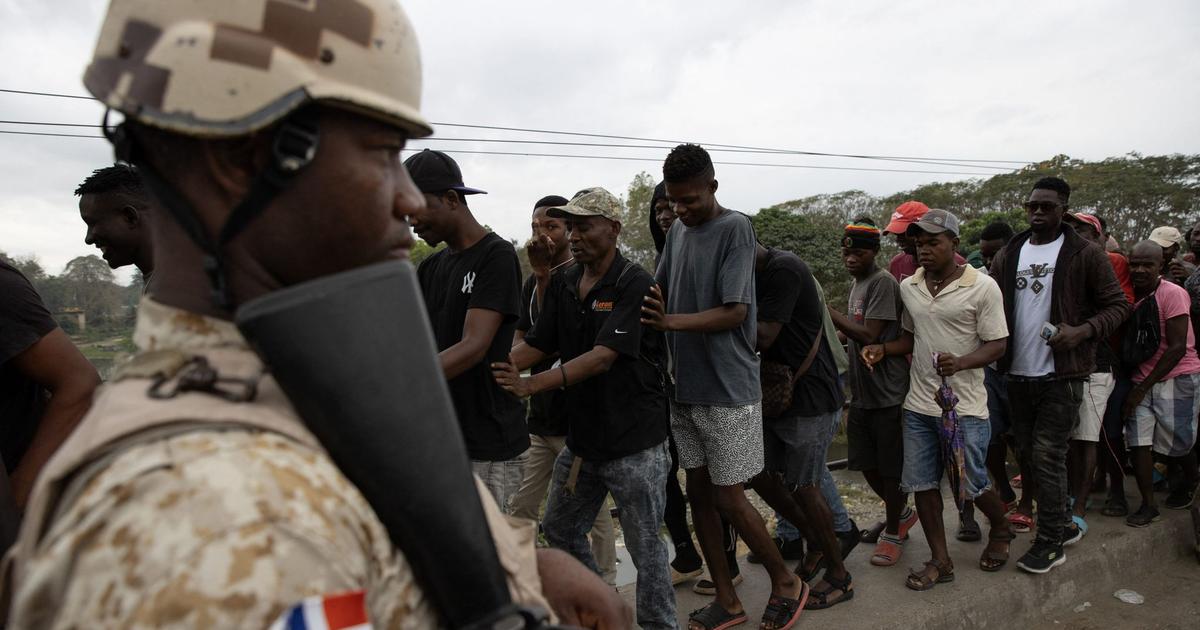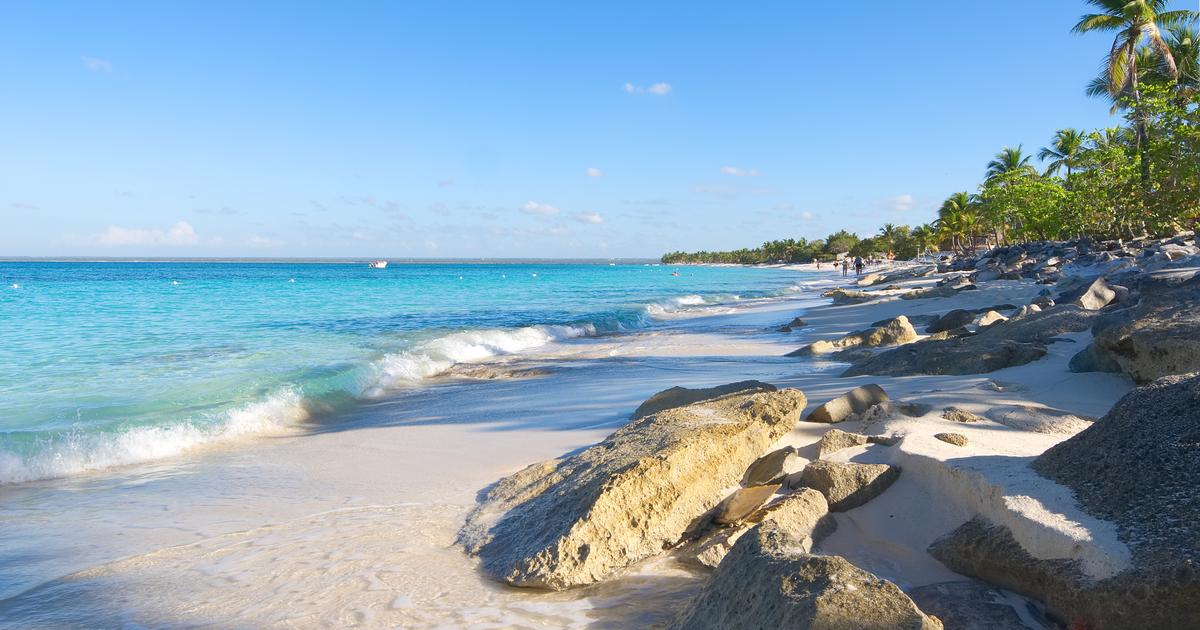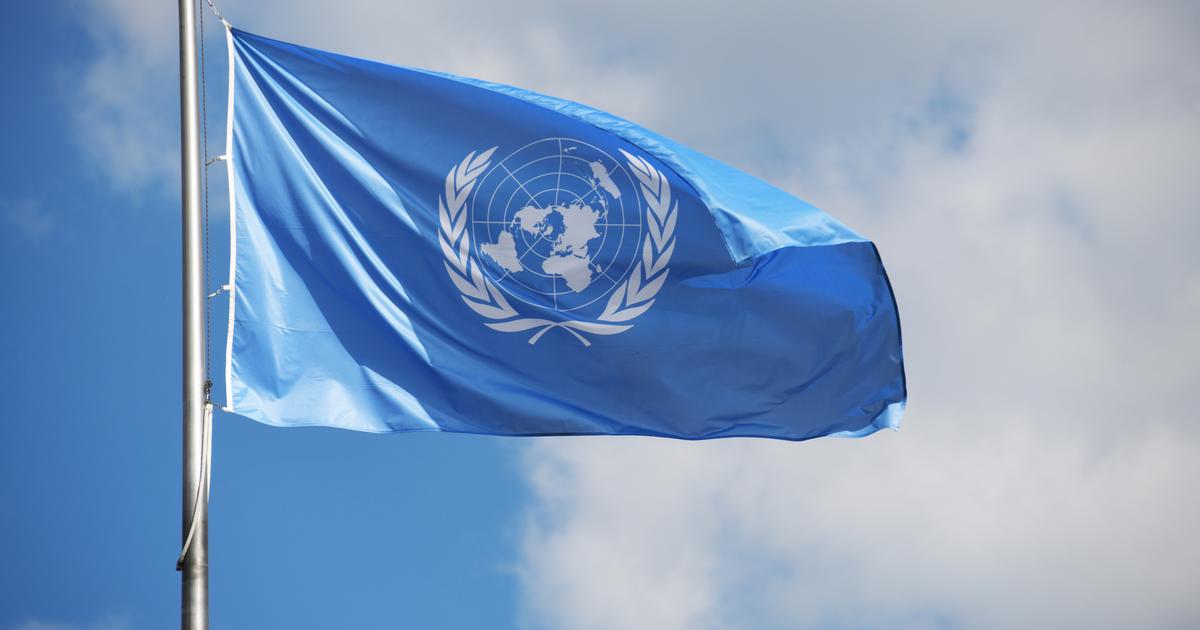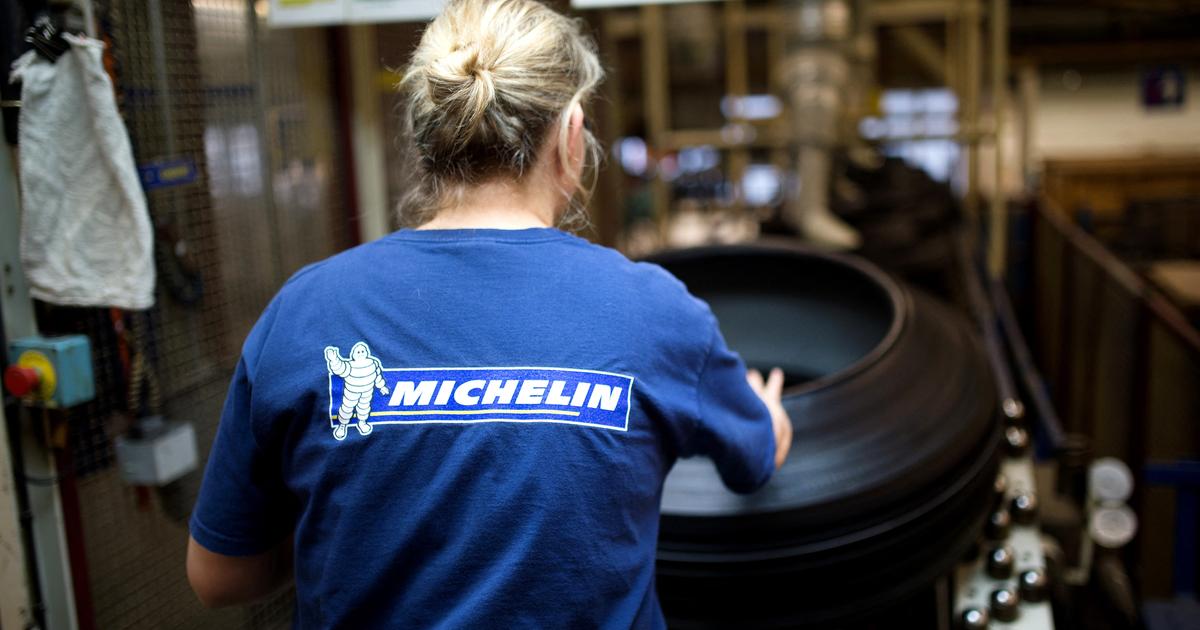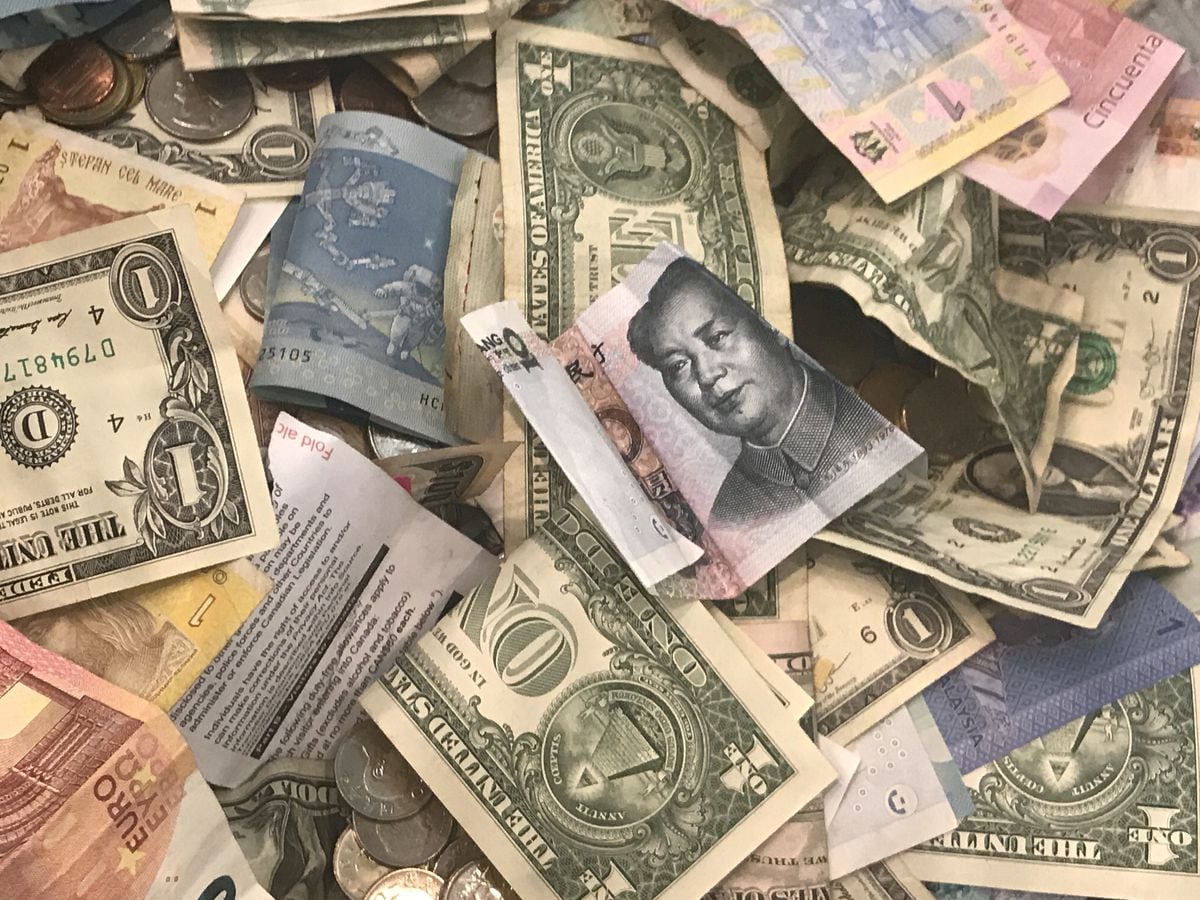Tourists dancing at a Punta Cana hotel in December 2020.DANIEL SLIM / AFP via Getty Images
The Dominican Republic wants to change its economic engine in mid-flight. After the forced landing of its GDP, due to the pandemic, today that Caribbean economy is in full swing. Different forecasts suggest that growth will rebound this year between 4.4% and 6%, after the 6.7% drop in 2020, which meant its first recession in almost 25 years. Much of that recovery will come from tourism and remittances, its historical engines of growth. But Luis Abinader, with just nine months in the presidency, wants to add a new ingredient to this formula to recover everything lost as soon as possible. The government of this politician and businessman, who won last year's elections with a speech against corruption, is committed to boosting his industry (until now concentrated in medical supplies,electrical devices, textiles and tobacco) and energize its 74 free zone parks so that they become the fuel that gives strength to the nation.
More information
Luis Abinader: "In the new Cold War we need a strategic relationship with the United States"
“We are committed to doing things differently,” says Víctor Bisonó, Minister of Industry, Commerce and MSMEs of the Dominican Republic, in an interview with EL PAÍS.
The situation is dire.
The pandemic has been a storm for this country with a labor market where more than 57.3% of the employed population is in the informal sector, according to the International Labor Organization.
In just one year, unemployment grew to 7.4%, after reaching historic lows (around 5%) in 2019, according to the Central Bank.
The incipient middle class could not bear the heavy blow and fell from 35% to 29%, according to figures from the Ministry of Economy, Planning and Development.
This led to an increase in poverty by 13 percentage points, leading to poor living of more than a third of the population, the same level as in 2014.
More information
Amnesty International denounces that the pandemic exacerbates inequality and abuses in America
But although the health crisis has put this Caribbean economy on the ropes, it has also opened a window of opportunity with
nearshoring
(the transfer of production chains to countries in the same geographical area) that the United States is doing of their companies installed in Asia.
Of the 46 new companies that have been installed on the island in the last eight months, five of them have been US companies that have decided to move from the end of the planet, explains Bisonó.
"The rest of Latin America is making plans to see how these capitals attract ... In the Dominican Republic they are already there," says the minister during the conversation held at the facilities of the Royal Spanish Academy (RAE).
Víctor Bisonó, Minister of Industry of the Dominican Republic KIKE FOR
The Dominican Government not only aspires to become one of the strategic industrial poles for the United States, its main commercial partner. It also seeks to attract European capital in industries of the future, such as renewables. "This new government has a different growth potential ... It is framed in industrialization", highlights the minister. "The president even issued a decree giving it national priority so that it can be competitive, that it can create jobs." The commitment to strengthen this sector (which represents a quarter of its economy), together with the free zone parks (a fundamental part of exports), is not new. "The country has been wanting to promote this idea for years," says Eduardo Gamarra, an expert on Latin American issues at Florida International University. Today, however, the situation is pressing.
Hospitality and tourism-related activities (which together contribute 22.6% of GDP) are going through a bad time. The arrival of foreign visitors fell 62.7% in 2020, leading to a 64% drop in the country's tourism revenue. The situation has been improving. Bisonó explains that the advance of vaccination in the country will be a great attraction for foreigners. "Within a month or two, we could be reaching the herd immunity group," he says. Since last July, when the country opened its borders, after four months closed, the travel industry has shown a very modest recovery. In August, foreign air arrivals were equivalent to 19% of the figure registered in the same month of 2019. By December, 56% of the flow of tourists had been restored.But the damage was done. The accumulated data at the end of 2020 was 2.4 million foreign visitors, four million less than a year earlier. Restoring the flow of travelers will not be an easy matter.
Movement restrictions and the slow process of immunization in the world will prevent the country from seeing again this year an arrival of visitors similar to the pre-pandemic stage, experts from the Economist Intelligence Unit explain in an analysis.
This will jeopardize the advancement of employment.
And, above all, it will weigh down the consumption of Dominicans, who are facing inflation of 5%, at the upper limit of the Central Bank's target range.
In this economic recovery, the Government has to pay attention to compensate and not deepen the obstacles that it has been dragging for years, says Carlos Malamud, researcher at the Elcano Royal Institute.
"There are great challenges to solve: inequality, corruption and informality."
Public coffers
The lack of resources in the country has also left a gap in the public coffers, diminished by the implementation of assistance programs to mitigate the fall in income. In 2020, support measures amounted to 5.3% of GDP, according to the Economic Commission for Latin America and the Caribbean (ECLAC). These included tax cuts and cash transfers to households and businesses. Last year, the Government revised the national budget on two occasions (July and September) in the face of the health emergency, which translated into an increase in the deficit from 1.1% to 7.7% with respect to GDP. The response to the pandemic has already taken its toll on public debt, which stands at 69.2% of GDP, 18.7 percentage points more than in 2019.
"There is some concern about the profile of public debt, since the external debt represents more than half," say the experts from the Economist Intelligence Unit. But for Bisonó, the confidence that progress is being made on the right path has been demonstrated in Last January, when a bond issue was made in international markets for 2.5 billion dollars. The strength of the Dominican Republic, says the minister, is not in doubt and is based on one pillar: "We are the country in Latin America with the most political, social and economic stability," he concludes.

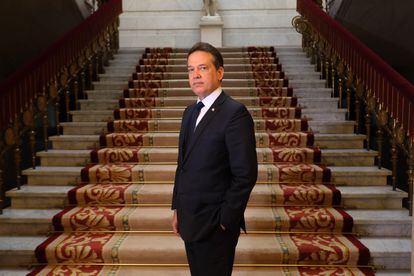
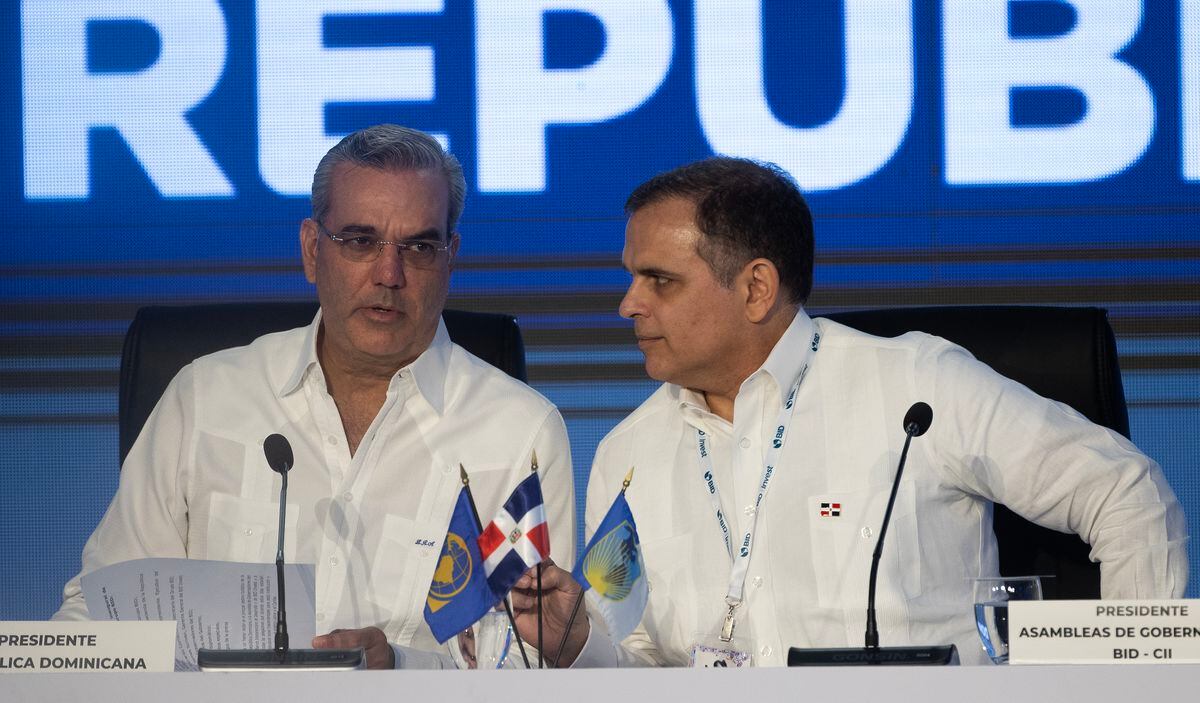

/cloudfront-eu-central-1.images.arcpublishing.com/prisa/2VA2ALVO6BDXLM22W73UWN5GDY.jpg)
